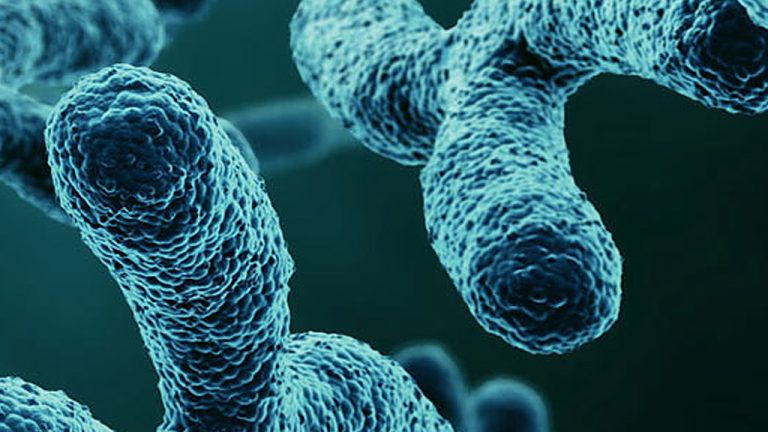
Researchers have developed and created experimental samples of synthetic cells that are able to respond to external chemical signals in the same way as real living cells do. Experimental samples of synthetic cells begin to glow with fluorescent light when calcium ions appear in the environment. Calcium, in turn, is one of the main chemical signals used by living cells, and in this case it can be used for programming and real-time control of the operation of artificial cells.
“Using this approach, we can create artificial cells that, for example, having caught the chemical signs of cancer, immediately begin to synthesize the drug that is most suitable for this case,” says James Hindley, a biochemistry scientist at Imperial College in London, UK.
Artificial cells consist of several compartments surrounded by a common lipid membrane having microscopic pores.
Through these pores, calcium ions penetrate into the cell and activate the enzymes located there, which causes the phenomenon of fluorescence. This, of course, does not fully correspond to the complex biochemical processes that we can see inside living cells. Nevertheless, in such simple functions, a huge potential is hidden, which allows to solve even those tasks that go beyond the capabilities of living cells.
Such a simplification of the functions of artificial cells means that it will be much easier to work with these cells, and they will not be affected by various adverse factors that adversely affect the “health” of normal living cells. Moreover, correctly selected components placed inside artificial cells will allow deceiving living cells, forcing them to consider artificial cells to be real. This, in turn, will allow the creation of biological systems in which living and artificial cells will exist in complete harmony, performing one common task for all.

